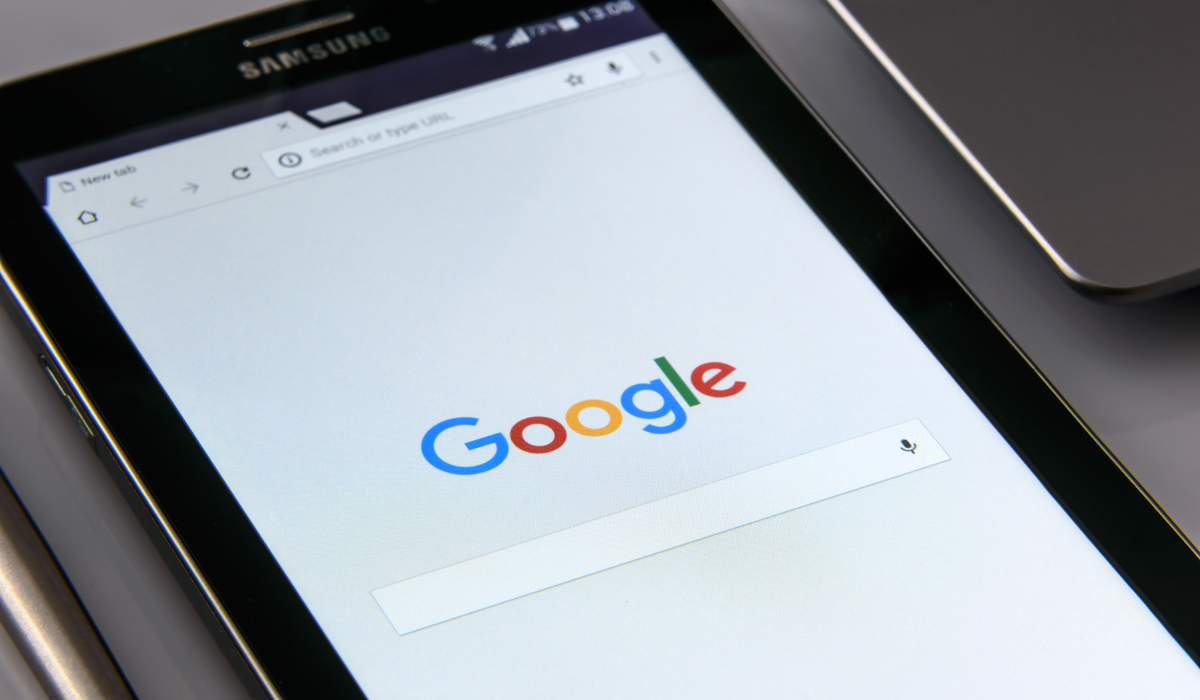There’s been a lot of talk about Apple’s latest iPad Pro ad, entitled ‘Crush!’ It’s been heavily criticised, even if a few voices have called for calm, suggesting there’s been an overreaction. Yet it can’t be denied that, in contrast to Apple’s usual fare, the ad does seem to fall a little flat.
If you haven’t seen the video, it features an industrial press crushing down a collection of items — a piano, a guitar, a trumpet, a clay sculpture, paints, a canvas on an easel — into a colourful mess, opening up again to reveal nothing but the new, very thin, generation of iPadPro.
The visuals of the ad and the concept behind them have ruffled some feathers, particularly among creative types. Upon its release, writers, artists and musicians took to social media, variously describing it as “depressing,” “gruesomely arrogant,” and “horribly upsetting.”
Perhaps Apple can be forgiven for the odd misstep by its marketing machine. This is, after all, the company that brought us the iconic ‘1984’ Super Bowl ad for the release of its Mac computer which, in many ways, changed the language of advertising and the narratives used to inform it.
In fact, that could be exactly why this latest iPad ad seems so tone deaf.
Apple has built its brand on positive storytelling through empowerment narratives. For its ‘1984’ ad and many subsequent marketing efforts over the years, like its ‘Think Different’ campaign, Apple has employed the idea of technology as a force of empowerment for individuals.
Here’s where ‘Crush!’ gets it all wrong.
The Hero's Journey: A Missed Opportunity for Empowerment
Empowerment marketing puts the individual at the centre of the narrative, not the brand or its products. This is especially true of ‘The Hero’s Journey,’ one of the most compelling empowerment narrative structures around, and one that Apple has used liberally over the years.
The Hero’s Journey, popularised by writer and academic Joseph Campbell, centres on the idea that there is a kind of monomyth archetype in classical mythology across many cultures, a common template of stories that involve a hero who goes on an adventure, is victorious in a decisive crisis and comes home changed or transformed.
If that story arc sounds familiar, that’s because it was famously used by George Lucas in Star Wars. It has also popped up in stories like The Matrix, Harry Potter and The Wizard of Oz, among many others.
Guess what links all of these stories together? The principle that the protagonist — the hero — has some kind of latent power that, with a bit of a nudge, can be unleashed to overcome a series of challenges in order to achieve their goal, whatever that might happen to be.
What Apple has so successfully done in the past is to position itself as the source of that nudge. In the parlance of Campbell’s monomyth model, this is the mentor: the person or influence that guides the hero and helps them realise their power.
Such framing allows marketers to shift the focus from the product or the brand onto the customer. The protagonist in the hero’s journey isn’t a superhero, it is an ordinary, everyday person — or from a brand’s perspective, the consumer.
And the brand — in this case Apple — is the enabler of that consumer-hero, helping them to unleash their own power to achieve great things. This is the embodiment of empowerment messaging.
How the "Crush!" Ad Misses the Mark
But that’s not what’s happening in Apple’s latest iPad Pro ad. Instead, the hero is being squarely disempowered. How? Within the space of about a minute, the ‘Crush!’ commercial literally flattens some of humanity’s most cherished tools of creativity and banishes them to a reality in which creativity can only be achieved via a single device.
By stomping on such tools, Apple is metaphorically stomping out any other potential tools or avenues that creatives might have at their disposal to actually create. This is not about the empowerment of the hero. This is about the power of the product.
After so many years of highly successful empowerment messaging, Apple has committed the cardinal sin of putting the product at the centre of the narrative instead of the hero. Sure, Apple has talked up its products before, but not quite like this. And the result has left many with a bitter taste in their mouths.
This is not a story about the hero. This is a story about the tyranny of technology.
But the power to create — just like the power to purchase — lies within the person, not the product. And that is something Apple would do well to remember as it navigates the backlash from its ‘Crush!’ commercial, however ambivalent it may be.




.png?width=35&height=35&length=35&upsize=true&upscale=true&name=Jack%20Whitaker%202%20(1).png)
